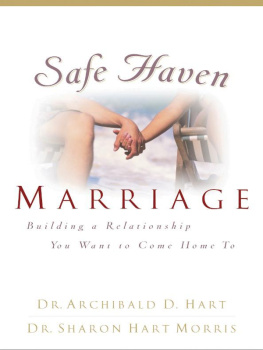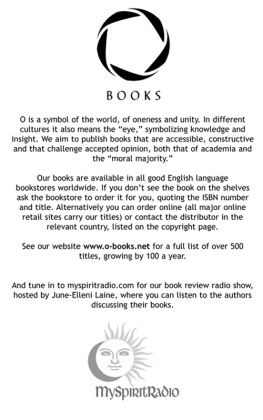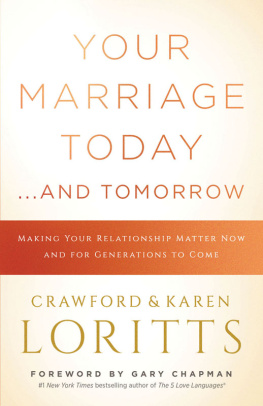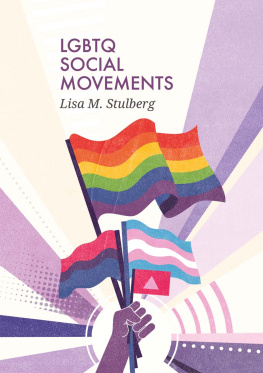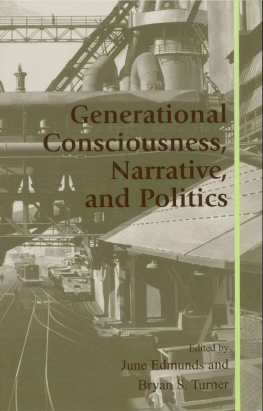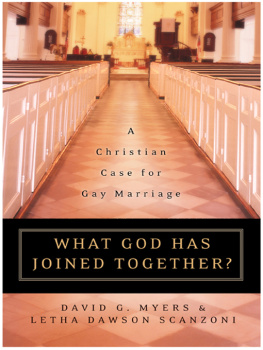Contents
Guide
Pagebreaks of the print version

THE GAY MARRIAGE GENERATION
The Gay Marriage Generation
How the LGBTQ Movement Transformed American Culture
Peter Hart-Brinson

NEW YORK UNIVERSITY PRESS
New York
NEW YORK UNIVERSITY PRESS
New York
www.nyupress.org
2018 by New York University
All rights reserved
References to Internet websites (URLs) were accurate at the time of writing. Neither the author nor New York University Press is responsible for URLs that may have expired or changed since the manuscript was prepared.
Library of Congress Cataloging-in-Publication Data
Names: Hart-Brinson, Peter, author.
Title: The gay marriage generation : how the LGBTQ movement transformed American culture / Peter Hart-Brinson.
Description: New York : New York University Press, [2018] | Includes bibliographical references and index.
Identifiers: LCCN 2018012204 | ISBN 9781479800513 (cl : alk. paper) | ISBN 9781479826230 (pb : alk. paper)
Subjects: LCSH : GaysUnited StatesPublic opinion. | Gay rightsUnited States. | Same sex marriageUnited States.
Classification: LCC HQ 76.3. U 5 H 37 2018 | DDC 323.3/2640973dc23
LC record available at https://lccn.loc.gov/2018012204
New York University Press books are printed on acid-free paper, and their binding materials are chosen for strength and durability. We strive to use environmentally responsible suppliers and materials to the greatest extent possible in publishing our books.
Manufactured in the United States of America
10 9 8 7 6 5 4 3 2 1
Also available as an ebook
CONTENTS
Introduction
From Nonsense to Common Sense in a Generation
On Friday, June 26, 2015, the US Supreme Court legalized gay marriage in all fifty states. In the controversial five to four decision ( Obergefell v. Hodges ), the Court not only ruled that same-sex couples are protected by the Due Process Clause of the Fourteenth Amendment and that they cannot be denied the right to marry, but also sounded a ringing endorsement of marriage as an institution that should be open to all, gay or straight. That night, to celebrate the resounding victory for lesbians and gays, the White House was bathed in rainbow-hued floodlights as if draped by a glowing, translucent pride flag.
The image wasand still isbreathtaking. For both supporters and opponents, it was a powerful symbol for everything that transpiredthough it carried drastically different meanings. Speaking of the hundreds of supporters who gathered outside the White House that night, President Obama described the lighting as symbol of validation: To see people gathered in an evening outside and on a beautiful summer night, and to feel whole, and to feel accepted, and to feel that they had a right to love, that was pretty cool.
To me, there was no better symbol of how quickly and dramatically the United States had changed. The ruling capped a titanic shift in public opinion, virtually unprecedented in modern polling.
The shift looks even more dramatic if we travel back to 1988. That year, for the first time, researchers at the National Opinion Research Center asked Americans how they felt about gay marriage; only 11.7 percent supported it. How low is that number? It falls squarely in the range of conspiracy theories and congressional approval ratings: about 6 percent of Americans believe the Apollo moon landing was staged, 11 percent of voters believe the US government allowed 9/11 to happen, and 14 percent of voters believe in Bigfoot.
In other words, back in 1988, the idea of gay marriage was nonsense . The idea was more or less equally ridiculous to young and old, liberal and conservative, religious and secular. Andrew Sullivan, one of the earliest public advocates for gay marriage, notes just how absurd the idea seemed at the time:
I remember one of the first TV debates I had on the then-strange question of civil marriage for gay couples. It was Crossfire, as I recall, and Gary Bauers response to my rather earnest argument was laughter. This is the loopiest idea ever to come down the pike, he joked. Why are we even discussing it?
Twenty-seven years later, the loopiest idea ever became the law of the land.
How did this happen? How did gay marriage become accepted? And not just accepted, but enthusiastically embraced by the sitting president and a majority of the population? These are the questions this book answers. I tell the story of how what was once nonsense became common sensehow in the space of a single generation, the institution of marriage was revised in a fundamental way. In the process, we will address some more fundamental questions, beyond the case of gay marriage. How does social change happen? What are generations, and how are they made? Where do our worldviews come from, and how do we express them?
The Gay Marriage Generation?
Although gay marriage was not legalized in the United States by popular vote or legislative act, public opinion still affected the Supreme Courts decision to legalize it. Writing for the majority, Justice Kennedy devotes a full paragraph to explaining why he thinks there had been ample democratic debate on the issue, which led to an enhanced understanding of the issuean understanding reflected in the arguments now presented for resolution as a matter of constitutional law. Had public opinion not evolved so much since 1996, the Supreme Court would not have heard the arguments that it did.
In an especially evocative passage, Kennedy writes, changed understandings of marriage are characteristic of a Nation where new dimensions of freedom become apparent to new generations. In one short sentence, Kennedy invokes three powerful ideas: that sexuality and ones choice of intimate partners are matters of personal freedom, that our understandings of marriage have changed, and that the emergence of new generations is part of the change. Kennedy implies that time was implicated in the Supreme Courts decision to legalize gay marriage because young people led the population as a whole to rethink its views on homosexuality and to remedy the injustice of excluding same-sex couples from marriage.
Over the course of this book, we will examine all of these issues, but the point about generations deserves special attention. Many Americansespecially those who lived through the battle over gay marriagemay already have an intuitive sense that generational change is a key part of the story. When I began studying gay marriage in 2006, commentators and public opinion analysts already had determined that the two key indicators of generational change were present: young people were more supportive than their elders, and public support for gay marriage was gradually growing. Whenever we see this pattern in public opinion data, there is a good chance that generational change is the cause.
So, is there a gay marriage generation, and was it the cause of the change? These simple questions turn out to be surprisingly complicated. To start out with, we have to clarify what we mean by generation. Strictly speaking, social scientists use the term to refer to relations of kinship descent (grandparents to parents, parents to children, and so on). By contrast, a cohort is a group of people who experience the same event at the same time (e.g., people born during the Baby Boom, people who graduate from high school the same year). Hence, most social scientists would call the gay marriage generation the gay marriage cohort.



